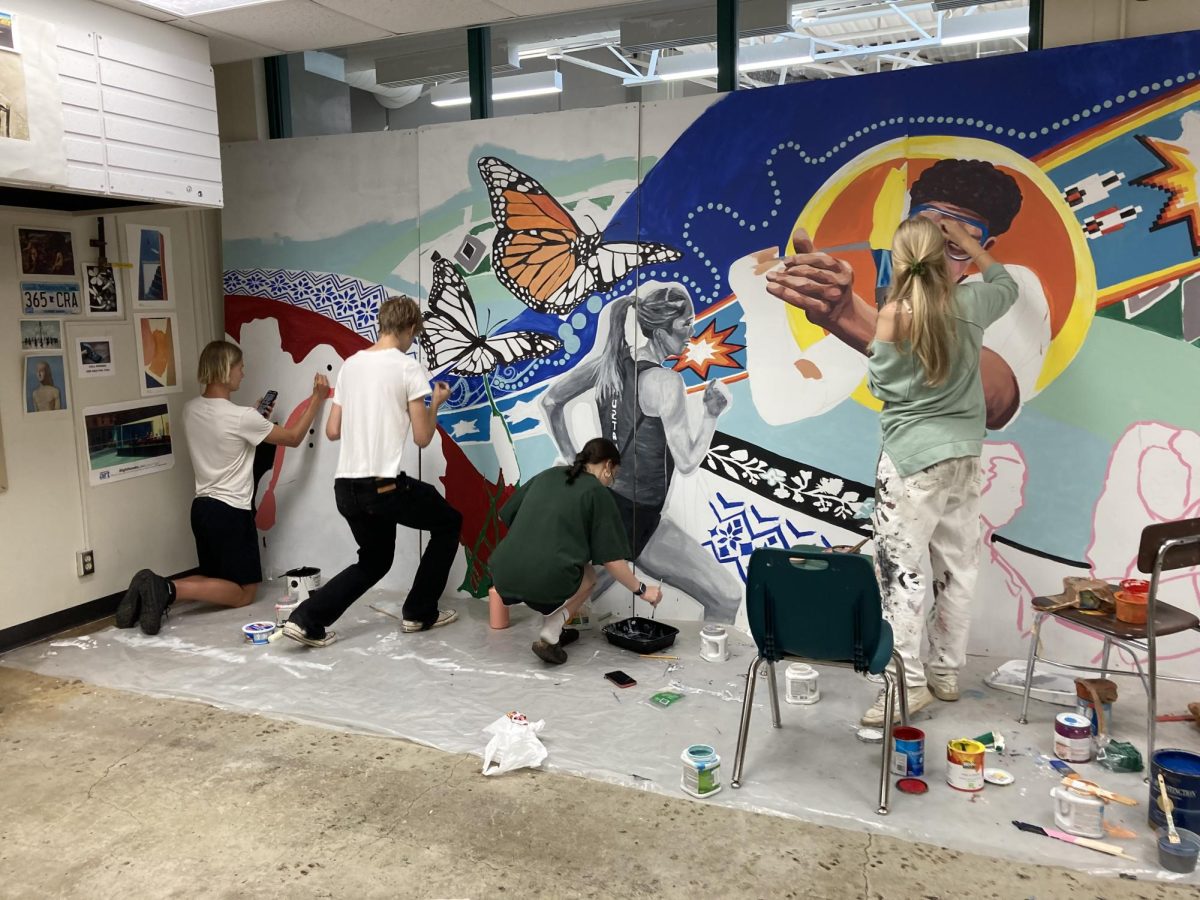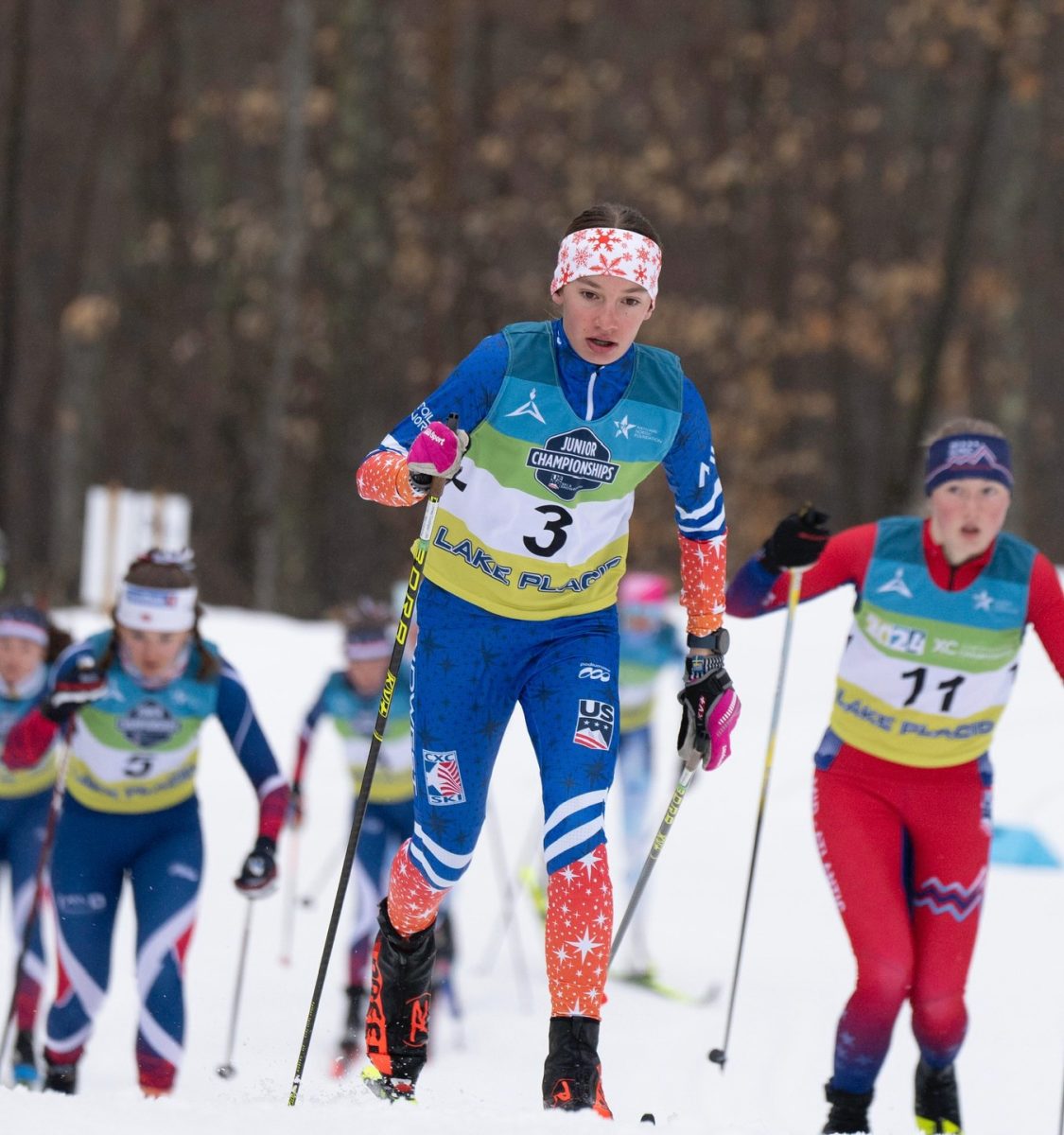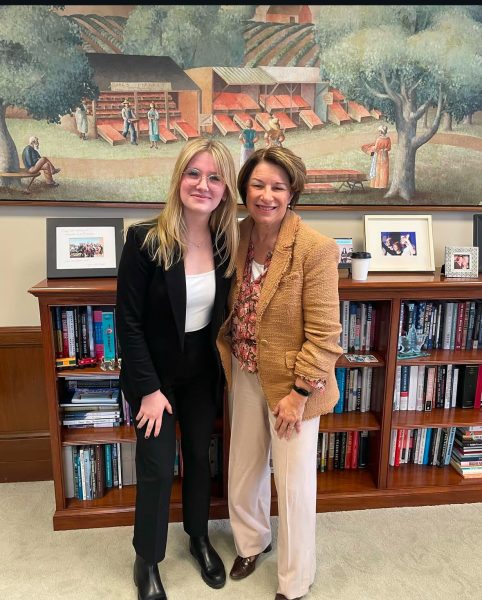Distance Learning Impact On Student Motivation
November 18, 2020
Mounds View High School students were previously given the option to attend school through distance or through hybrid learning. Due to this shift, teachers have had to adjust class activities and projects which has vastly changed students’ workloads from years prior.
In an effort to make classes more interactive, teachers have been discussing and testing new methods. “When [students switch to distance learning], it opens up some opportunities and possibilities and closes others,” said Lucas Shogren, orchestra teacher. Shogren explains that through online learning, students are able to spend more time working in smaller sectionals with their peers. He also explains that there will be a focus on recording parts and creating digital performances. Since there will not be any more students in class, it will be vital to ensure that students are participating and interacting with other students. For other classes, assigned work will focus more on digital and virtual projects.
Even with the adjustments teachers have made, some students still struggle to turn in work on time. As more leniency has been given to students, teachers have noticed an overwhelming amount of late and missing work. “Just less and less keeps coming back and it’s not just [my class] either,” said Jonathan Nuss, history and economics teacher. Nuss explains that some economic and history classes have opted for portfolio projects instead of traditional tests. These new projects have removed the finer details and cover the main aspects of each unit. Other projects and ideas that are being discussed focus on finding the right balance between teaching the students the vital information and making sure that it can be easily done from both distance and in-person students.
To address piles of late and missing work, teachers have reinforced the idea of turning in assignments on time with various methods, “I’ve been trying to fix it by trying to call it out with the students more,” Nuss said. Nuss does this by mentioning late work during the start of class, having one-on-one chats with students and/or sending emails to students and their parents. Nuss requires that if late work is turned in, students are to send him an email regarding the missing work and informing him that they have finished it.
The problem of late work may sprout from students’ lack of motivation and social interaction with students and teachers. “When we were in person, I think group work was a lot easier and so participation levels were higher,” said Eunice Tong, 11. While staying at home, students in the Zoom breakout rooms rarely turn on their cameras and unmute themselves, leading to less collaboration between students. Students can also use their phones practically any time of day when at home, which can become a major distraction and diminish students’ motivation to complete assignments and listen to lectures.
Although the school year and classes have changed, aspects of school remain uncertain as the COVID case numbers continue to increase. While there are some drawbacks to the alterations that have been made to classes, the transition to online learning will continue to be a learning experience.



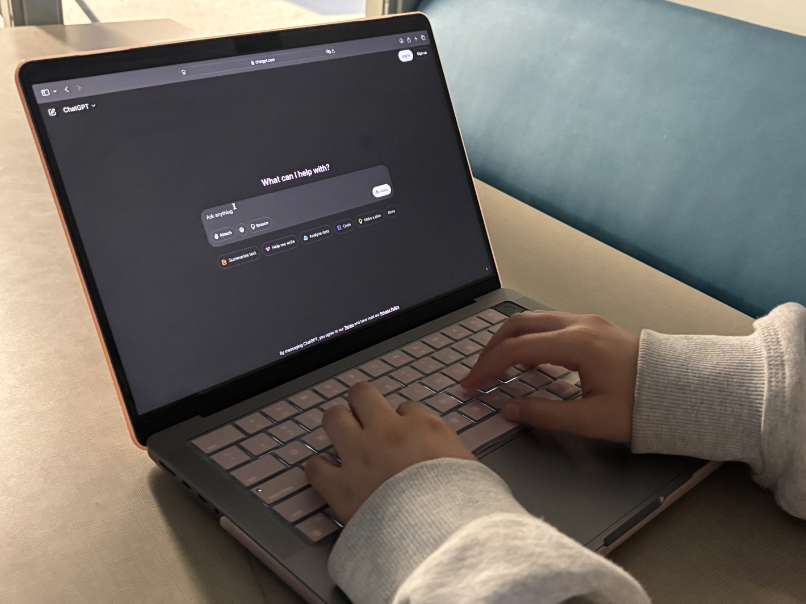






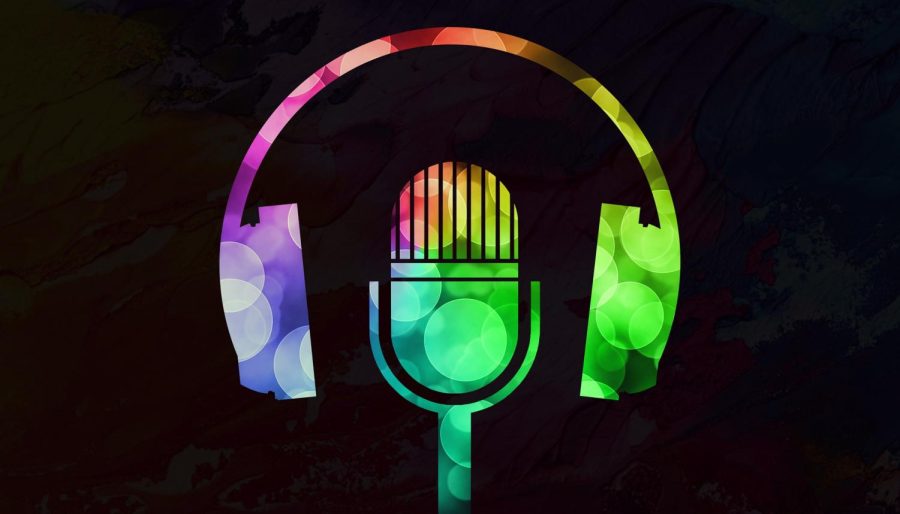
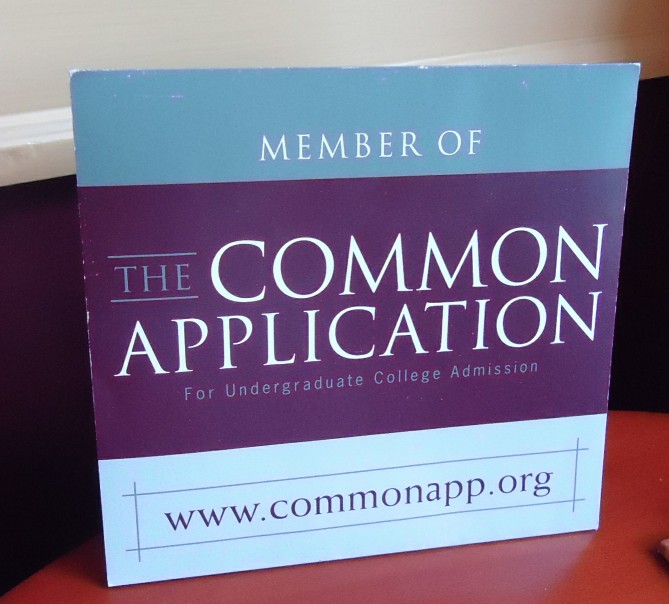
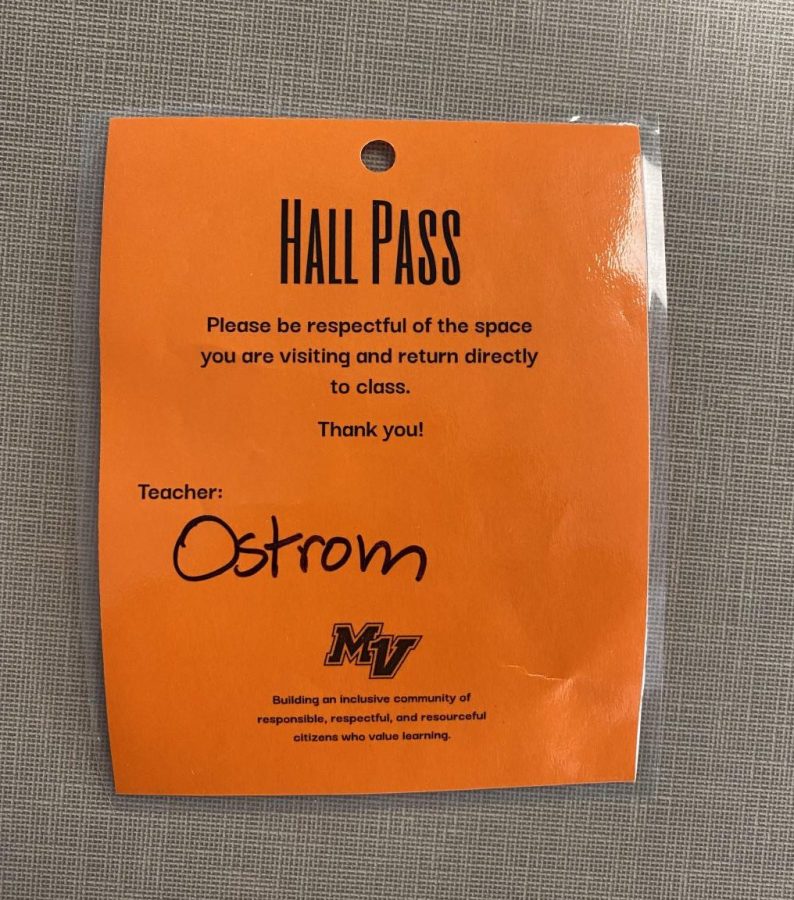


![[DEBATES] Prestigious colleges: value or hype?](https://www.mvviewer.org/wp-content/uploads/2024/12/buildings-1200x654.png)
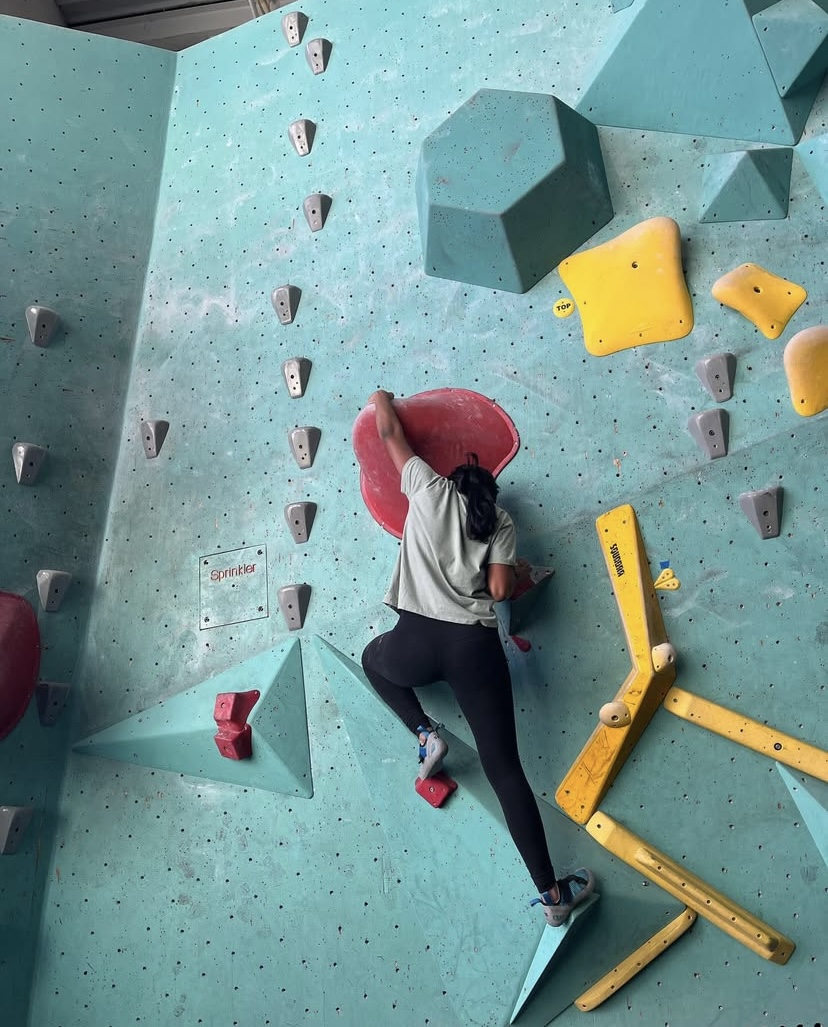
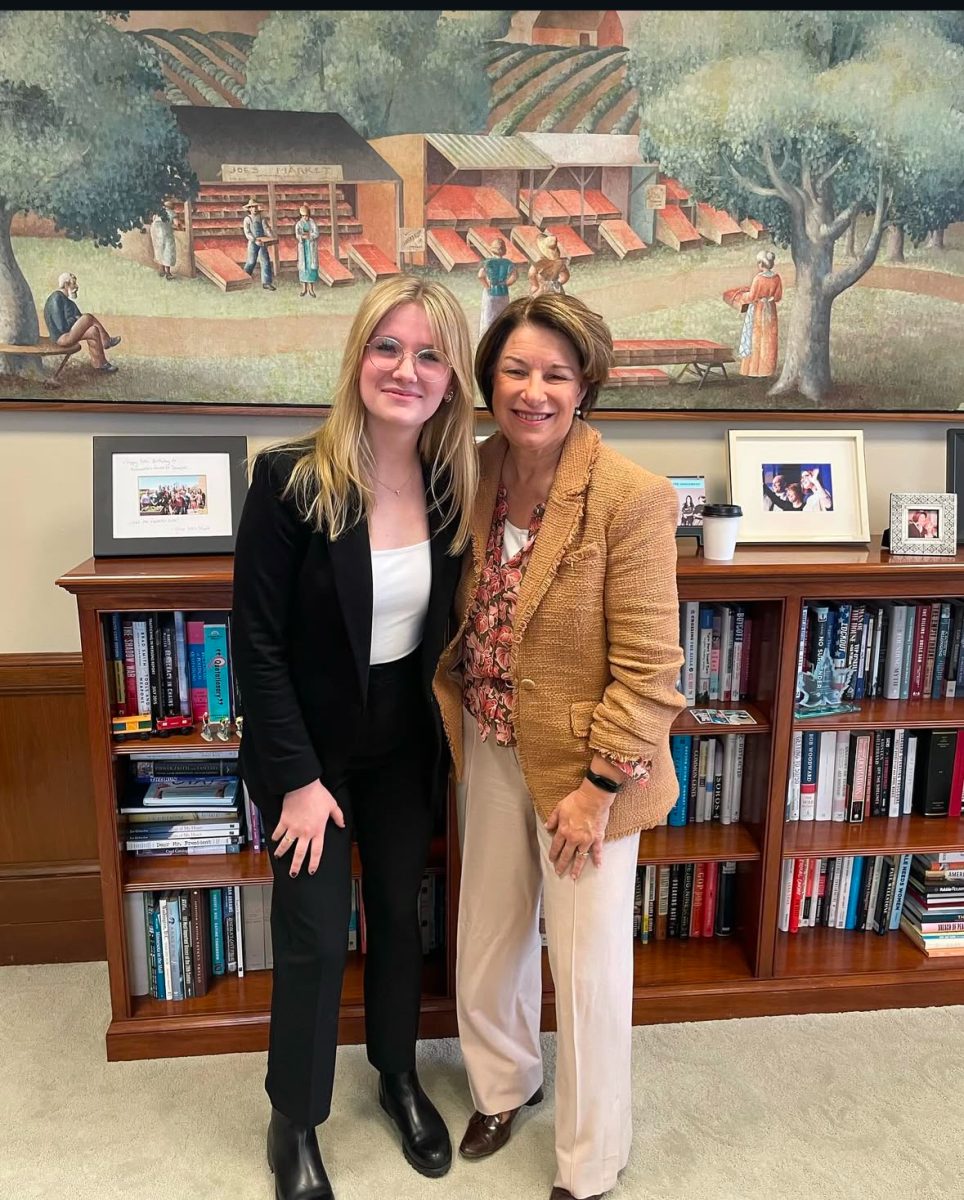






























![[OPINION] The dark origins of TikTok's looksmaxxing trend](https://www.mvviewer.org/wp-content/uploads/2024/02/Copy-of-Copy-of-Untitled-Design-1200x675.png)





